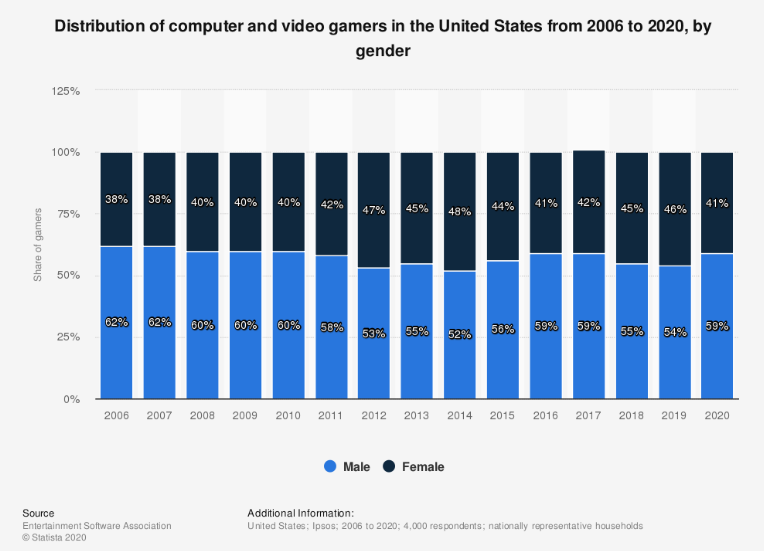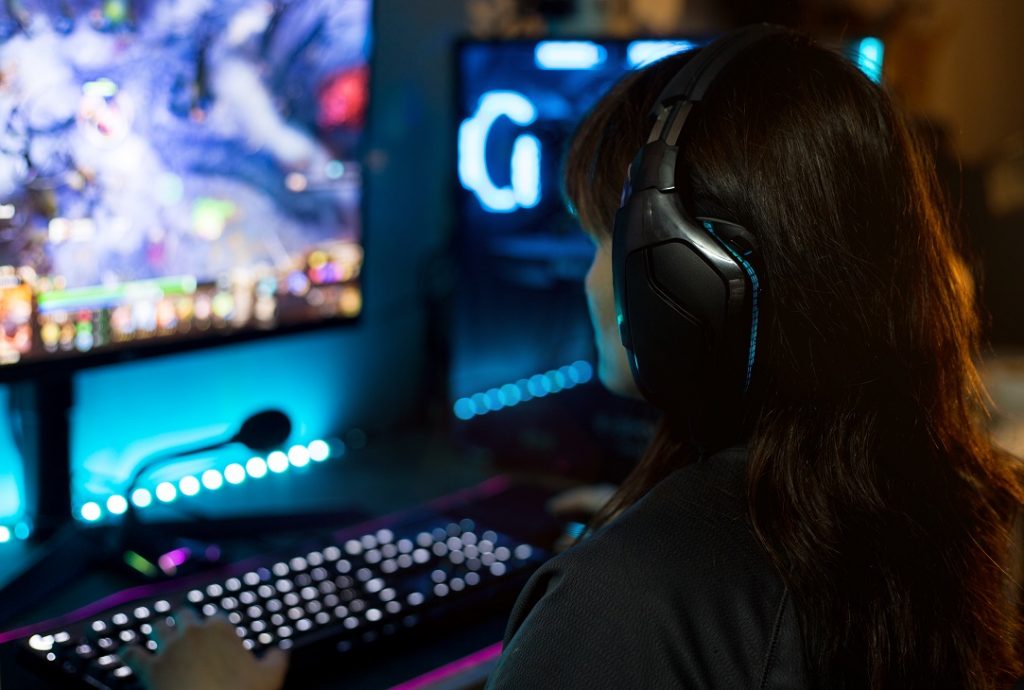Societies around the world are evolving rapidly, and our increased online visibility makes personal and professional accountability more public than ever. All kinds of companies are taking stock of how well they are living up to their public commitments to diversity and inclusion.
After taking a long hard look at themselves, many video game publishers have found they are coming up short. A demographic overhaul is a heavy lift in an industry historically dominated by straight white men. Yet as the faces of gamers become more diverse, so too should the faces of the games’ creators.
A No-Brainer Case for Diversity
Technology continues to make our world a smaller place and it has become clear that a love for video games knows neither geographical boundaries nor cultural divides. According to a recent survey by the IGDA, developers believe “more diversity in game content” is the most important factor to growth and success in the industry.
Why?
First, diverse content makes existing players feel welcome. Players understandably want to feel like they belong within the game world. When developers create avatars, dialogue, and story lines that are relatable, players can fully connect with the game. On the flip side, irksome content can ruin the immersion experience. If you’re still creating hyper-sexual characters and misogynistic plots, you’re likely to lose a lot of female players, who now make up 46% of American gamers.

Second, it draws in new audiences. Gamers no longer fit into any one particular mold. Creating content solely for the suburban, teenage boy stereotype is a dead-end business plan. Appealing to a broader and more diverse crowd will bring in more fans and bigger profits.
Starting at Home
According to the survey mentioned above, gamers from minority groups outnumber developers from those same groups six-to-one. Many leaders in the gaming industry are trying to even out that ratio by adopting diversity and inclusion initiatives in the workplace. These include mentoring programs focused on minorities, implicit bias training for hiring managers, and plans for mitigating the crunch culture that pushes women out of the field and anyone for that matter. The goal is to cultivate a more diverse workforce that mirrors the identities of players and, ultimately, to deliver more targeted and engaging content.
Partnering Smartly

Industry leaders are also ensuring the inclusion of diverse perspectives by partnering with certified minority and women-owned businesses. These diverse external teams can act as cultural consultants, creating content that will resonate with specific audiences and catching blunders before they go live.
Trying to appeal to female gamers in their 30s? It might make sense to hire a team of graphic artists who know that demographic because they’re in it! Want to launch your game in Argentina? It’s probably not a bad idea to work with a localization company run by someone from there.
Working with a certified MBE or WBE supplier is a great way to build on in-house diversity initiatives. It’s a smart investment and a clear indication of a company’s commitment to providing opportunities to people from different backgrounds.
Over to you.
Bringing diversity and inclusion to the gaming industry will not be the result of quick fixes and short-term solutions. There is no one right way to do it, so we all need to be open to discussing new ideas and hearing different perspectives. What do you think video game publishers could do to foster the creation of more diverse content?



